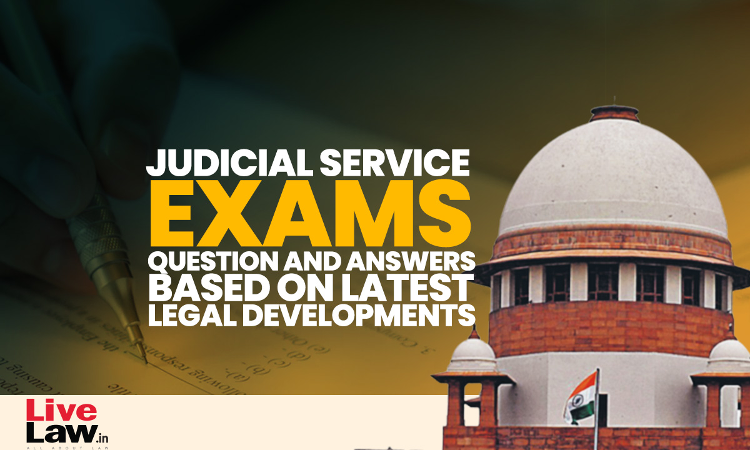Judicial Service Exams: Question And Answers(MCQs) Based On Latest Judgements
Paras Ahuja
18 Nov 2022 5:47 PM IST

Next Story
18 Nov 2022 5:47 PM IST
Q1. In which of following recent judgments the Supreme Court emphasized the need for a special Bail Act? a. Satender Kumar Antil v. UOI b. Court on its own motion v. UOI c. Nasib Singh v. State of Punjab d. Marino Bruno v. UOI Answer: a [Satender Kumar Antil v. Union of India] Explanation: In Satender Kumar Antil v. CBI, the Supreme Court observed: "The Government of...
